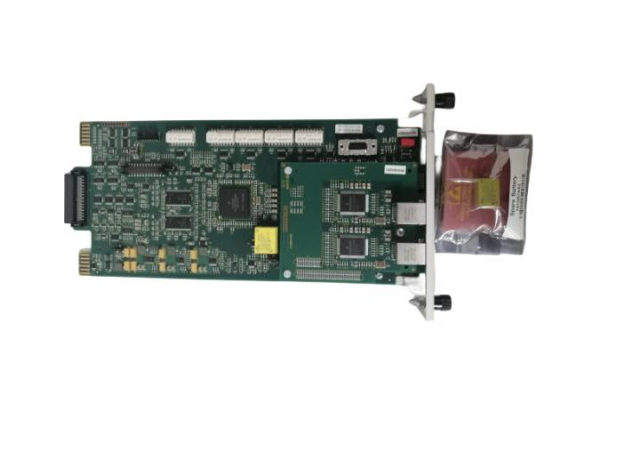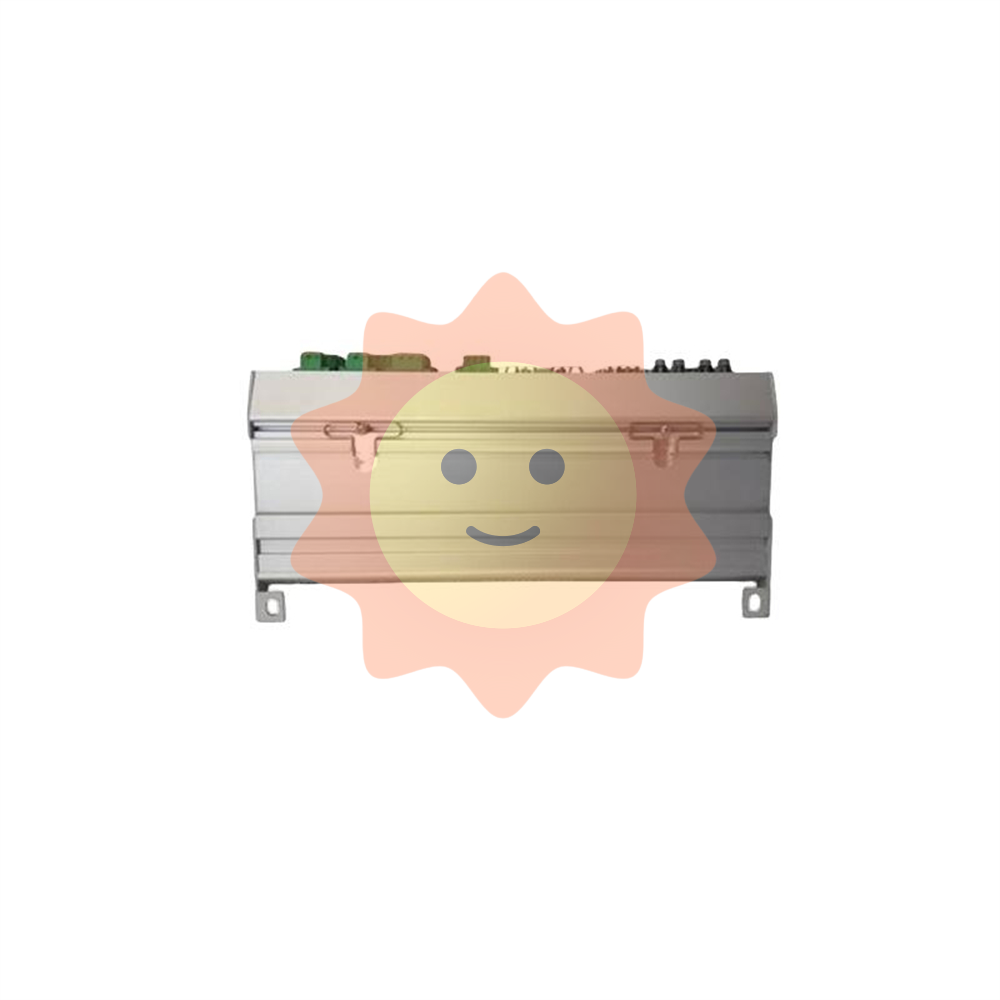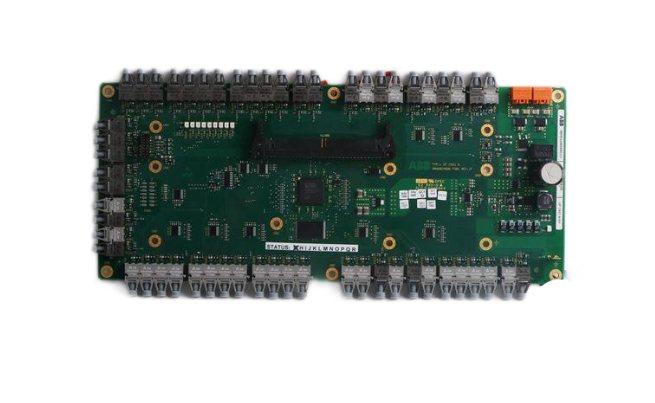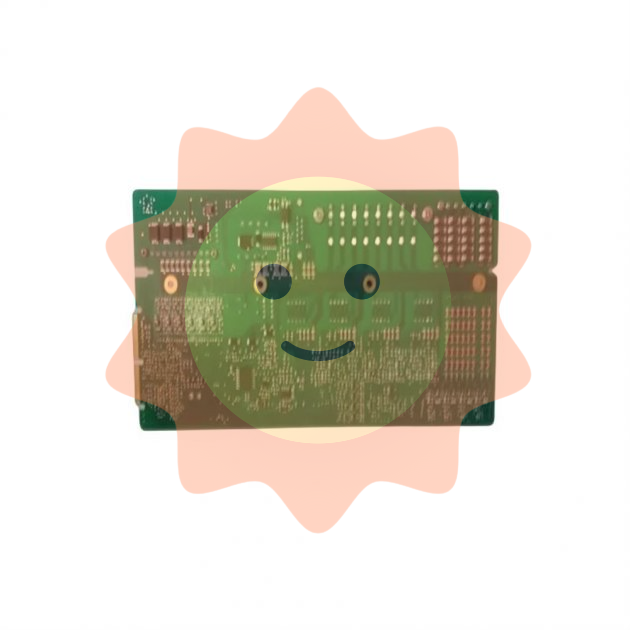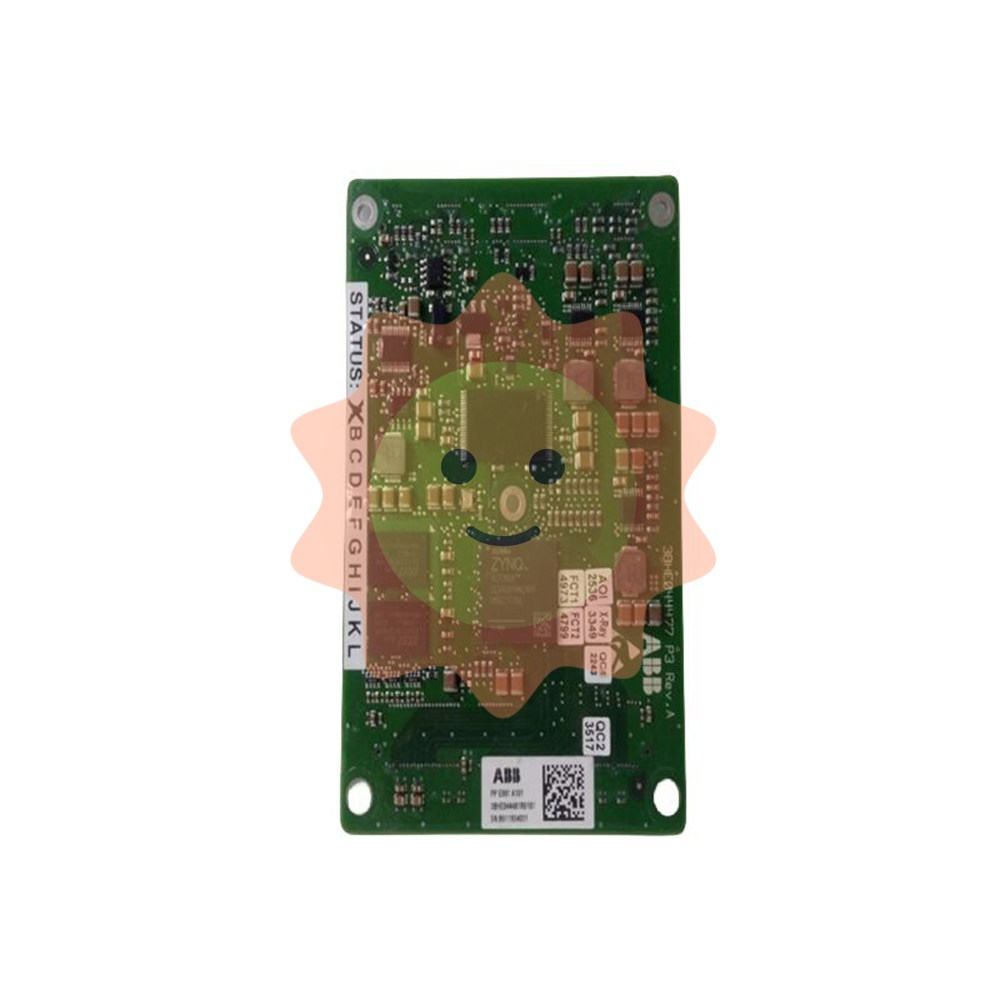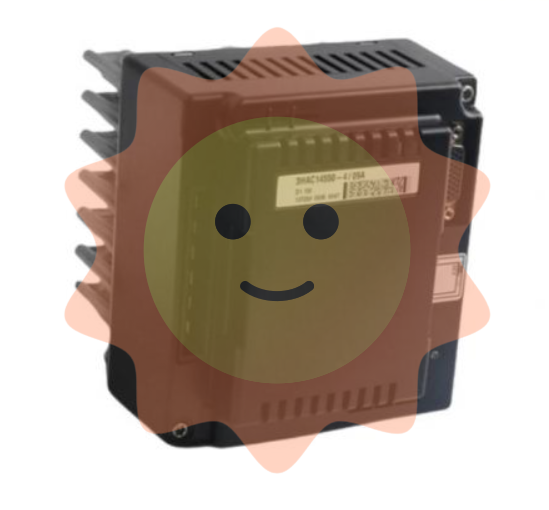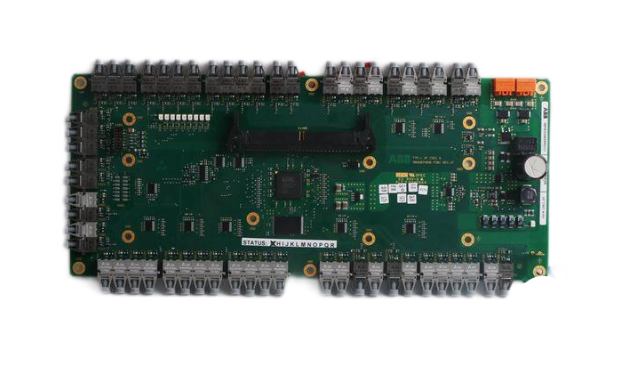The past life, this life and future of nursing robots

A small number of products are simple assembly of ordinary tablet devices and mobile machinery, and the functions of ordinary electronic devices are integrated together, which is not much different from smartphones.
At present, there are problems in the domestic companion robot industry, such as fewer players focusing on the needs of middle-aged and elderly people, poor product targeting and slow market promotion.
4. Difficulties in the development of elderly care robots:
AgeClub analyzed the matching degree between elderly care robots and the needs of the elderly, and believed that elderly people of different ages and physical conditions have different degrees of demand for different types of robots, and in general, the prospect is broad.
But so far the domestic pension robot market is still in its infancy, far from achieving large-scale popularity.
And some insiders revealed to AgeClub that the elderly care service robot created by the listed company Midea did not meet the requirements of the project investment return, and the team has been dissolved.
We spoke to practitioners and came up with the following main reasons:
Lack of awareness: At present, domestic elderly care institutions, families and governments at all levels have a low cognition of elderly care robots, and the overall acceptance is not high, resulting in a weak overall market demand;
Price barrier: The price of most personal companion robots is in thousands of yuan, and the function of robots below 1000 yuan is relatively simple, and the cost performance is not high; The price of most rehabilitation robots is more than 100,000 yuan, which can not be afforded by ordinary families and grass-roots medical institutions.
Immature technology: domestic elderly care robots have innovative functions compared with foreign products, and the price can be 20%-30% lower, but because the core technology is not fully mature, there is still a gap in performance with foreign products; Moreover, the production line of many enterprises cannot guarantee large-scale mass production and stable product quality after listing;
No scale: At present, most domestic enterprises do not have large-scale production and relevant cooperation experience, failed to form a certain influence in the industry, and many consumers are still in a wait-and-see state for robot products.
|| Development direction: Close to the demand side of technological innovation + platform, insurance, leasing and other business model innovation
Although there is no blowout market demand for elderly care robots at present, with the accelerated arrival of the aging society, the scene of every family using robots like using smartphones may appear in the not too distant future.
At present, the representative companies of exoskeleton robots in the world include Ekso Bionics in the United States, ReWalk in Israel, Cyberdyne in Japan, and Rex Bionics Limited in New Zealand, etc. The first three companies were listed successively in 2014 with huge market demand and technical advantages.
According to our tracking and analysis of the financial reports of several listed companies, their income is in a growing trend, which can be seen that the demand for robots in the elderly industry in developed countries is gradually opening.
The following will analyze the innovation direction of elderly care robots from two aspects of technology and business model.
1. Innovation close to the needs of the elderly: lightness/comfort/emotional interaction/housework
AgeClub analyzed different types of rehabilitation robots according to indicators such as ease of use, degree of autonomous operation, lightness, scene diversity and cost performance, and found that ordinary rehabilitation robots were slightly deficient in all aspects, while the exoskeleton robot improved the indicators of ease of use and degree of autonomous operation. The latest wearable exoskeleton robot better solves the problem of scene diversity and portability of the previous two "predecessors".
Ekso Bioncs' exoskeleton robot is estimated to cost $75,000-150,000; The Rewalk exoskeleton robot costs $65,000 - $130,000; The HAL-5 exoskeleton robot costs $50,000.

At present, the average price of personal exoskeleton robots sold abroad is $100,000, which is equivalent to the cost of regular care for spinal cord injury patients for 5 years, which is just out of reach for ordinary families.
Some domestic enterprises focusing on exoskeleton robots are aware of this huge gap in price, technology and consumer demand, and through independent/cooperative research and development materials and systems, they can realize the leap from the basic functions of the B-end to the portability of the C-end: basic functions - human-computer interaction - absolute safety - lightweight and comfortable.
For example, the BEAR H1 exoskeleton robot developed by Shenzhen Maistep Intelligent Technology Co., Ltd. will be adjusted according to the height of the patient, the weight of no more than 85 kilograms of patients can be used, and its own weight is less than 20 kilograms.
BEAR H1 uses a flexible driver as the output, so that when the force control, the stability and accuracy will become higher, suitable for use in the scene of human-computer interaction.
- EMERSON
- Honeywell
- CTI
- Rolls-Royce
- General Electric
- Woodward
- Yaskawa
- xYCOM
- Motorola
- Siemens
- Rockwell
- ABB
- B&R
- HIMA
- Construction site
- electricity
- Automobile market
- PLC
- DCS
- Motor drivers
- VSD
- Implications
- cement
- CO2
- CEM
- methane
- Artificial intelligence
- Titanic
- Solar energy
- Hydrogen fuel cell
- Hydrogen and fuel cells
- Hydrogen and oxygen fuel cells
- tyre
- Chemical fiber
- dynamo
- corpuscle
- Pulp and paper
- printing
- fossil
- FANUC
- Food and beverage
- Life science
- Sewage treatment
- Personal care
- electricity
- boats
- infrastructure
- Automobile industry
- metallurgy
- Nuclear power generation
- Geothermal power generation
- Water and wastewater
- Infrastructure construction
- Mine hazard
- steel
- papermaking
- Natural gas industry
- Infrastructure construction
- Power and energy
- Rubber and plastic
- Renewable energy
- pharmacy
- mining
- Plastic industry
- Schneider
- Kongsberg
- NI
- Wind energy
- International petroleum
- International new energy network
- gas
- WATLOW
- ProSoft
- SEW
- wind
- ADVANCED
- Reliance
- YOKOGAWA
- TRICONEX
- FOXBORO
- METSO
- MAN
- Advantest
- ADVANCED
- ALSTOM
- Control Wave
- AB
- AMAT
- STUDER
- KONGSBERG
- MOTOROLA
- DANAHER MOTION
- Bently
- Galil
- EATON
- MOLEX
- Triconex
- DEIF
- B&W
- ZYGO
- Aerotech
- DANFOSS
- KOLLMORGEN
- Beijer
- Endress+Hauser
- MOOG
- KB
- Moxa
- Rexroth


Email:wang@kongjiangauto.com


